This is a Chinese amulet coin of “The Hidden Eight Immortals”, which first appeared in the early Ming Dynasty. It has the widest range of uses, including wealth, wisdom, status, health, luck, glory, safety, and emotions. The so-called “The Hidden Eight Immortals” generally means “the veiled Eight Immortals”. It uses eight magic instruments to refer to the eight immortals in Chinese mythology. These eight immortals include a man, a woman, an old man, a teenager, a rich person, a person in power, a poor person, and a person of low status, and they also correspond to different Chinese constellations in the sky. If you recognize the power of belief and believe that the hints of your own spirituality can bring you good luck, then you should wear it with you, or you can put it in your car or office.
The flower basket refers to Lan Caihe, representing teenagers, vitality, change, and the self. He was a disciple of Han Zhongli, but his real name has been lost, and it is only known that he was active during the Tang Dynasty and the Five Dynasties and Ten Kingdoms period. Because he always dressed in strange clothes and was maverick—for example, wearing summer clothes in winter, dressing as a woman, disregarding clothing etiquette, and walking barefoot while singing—he is regarded as representing vitality, teenagers, change, and the self.
The sword refers to Lü Dongbin, representing men and peace. Lü Dongbin was a figure in the Tang Dynasty. Enlightened by Han Zhongli, he founded a unique Taoist school and finally became an immortal in charge of expelling demons and ghosts and warding off bad luck. Most of his legends guide people not to be obsessed with immediate temptations but to firm up their own beliefs.
The fan refers to Han Zhongli, representing people of low status and resistance. Han Zhongli’s full name was Zhongli Quan. He was originally a general in the Han Dynasty. After becoming an immortal, he traveled among the people and left many legends, so he was called Han Zhongli. Most of his stories guide people not to indulge in illusory fame but to truly improve themselves.
The lotus flower refers to He Xiangu, representing women, reproduction, and kindness. She was born in the Tang Dynasty and was active in the southeastern coastal area during the Song Dynasty, relieving the poor, calming storms, and blessing work and production. Since her real name is unknown, she is respectfully called “Xiangu” by the world. Her story reflects the fundamental needs for safety and reproduction.
The iron crutch and the gourd refer to Li Tieguai, representing poverty and health. His real name was Li Xuan. He was an official in the Song Dynasty. During the process of his soul leaving his body, his body was destroyed, and he had to possess a beggar. Most of his stories guide people not to indulge in fame but to firm up their beliefs and improve themselves.
The xiao (or dizi, a Chinese wind instrument) refers to Han Xiangzi, representing wealth and perseverance. He was originally a noble in the Tang Dynasty, and many people in his family were court nobles. Only he didn’t care about wealth and helped the poor, and finally, enlightened by an immortal, he became an immortal. His story guides people to have long-term plans instead of being obsessed with short-term interests.
The hùbǎn (a ceremonial utensil held by ancient Chinese officials when attending court) refers to Cao Guojiu, representing nobility and justice. His name was Cao You, and he was the younger brother of an empress in the Song Dynasty. In Chinese culture, the younger brother of one’s wife is called “jiuge’er”, so he was called Cao Guojiu. It is said that during the process of hearing a case, he sacrificed himself to save others and thus became enlightened, and finally became an immortal. Therefore, he represents nobility and justice, and it also means the balance between substantive justice and morality.
The fishing drum refers to Zhang Guolao, representing old people and experience. His real name was Zhang Guo, and he was born in the Tang Dynasty and first appeared in the world during the reign of Empress Wu Zetian. It is said that Empress Wu Zetian once summoned him, but he refused. After faking his death and getting away, he still traveled in the world. Therefore, he is regarded as the representative of old people, longevity, and experience.
These eight immortals are the legends with the highest recognition, the widest spread, and the most comprehensive abilities among the Chinese people. Therefore, this coin itself represents the concept of equality for all beings and covers all aspects of daily life.
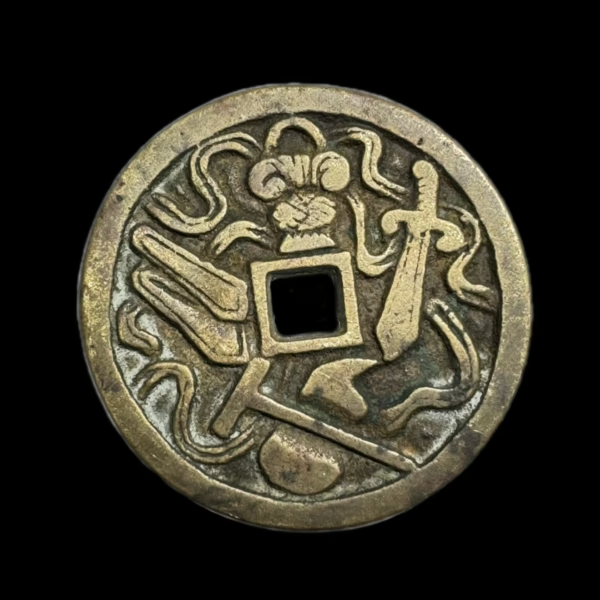
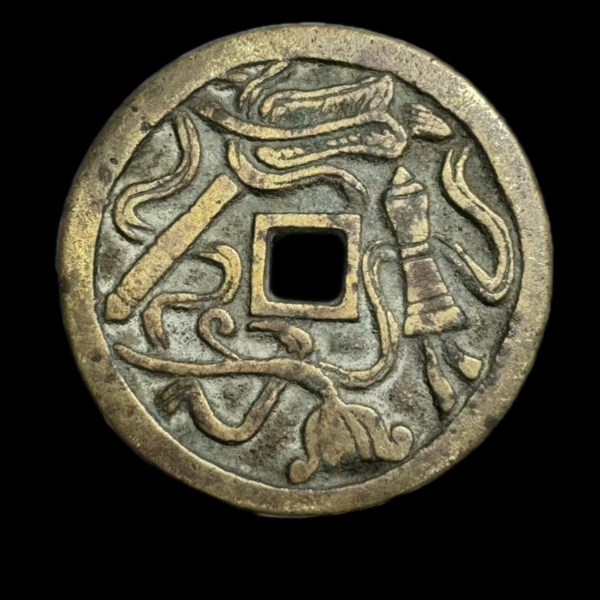

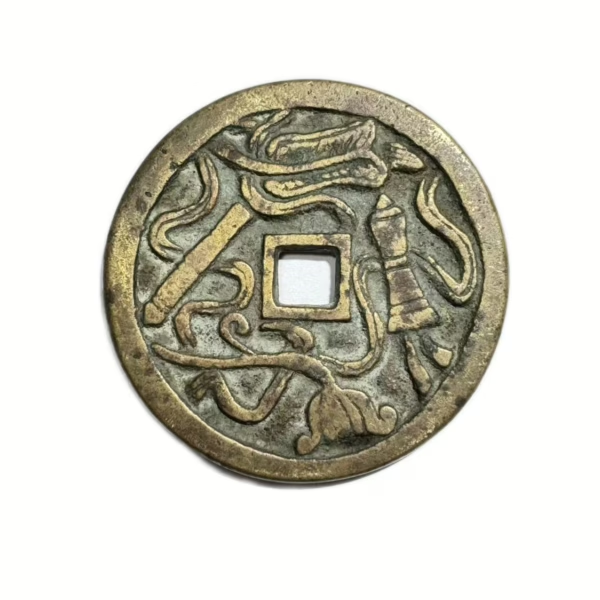
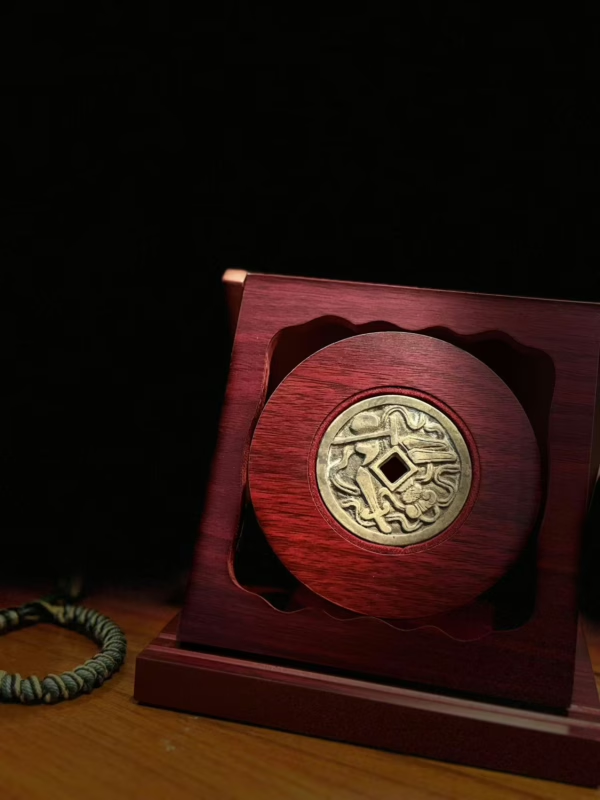

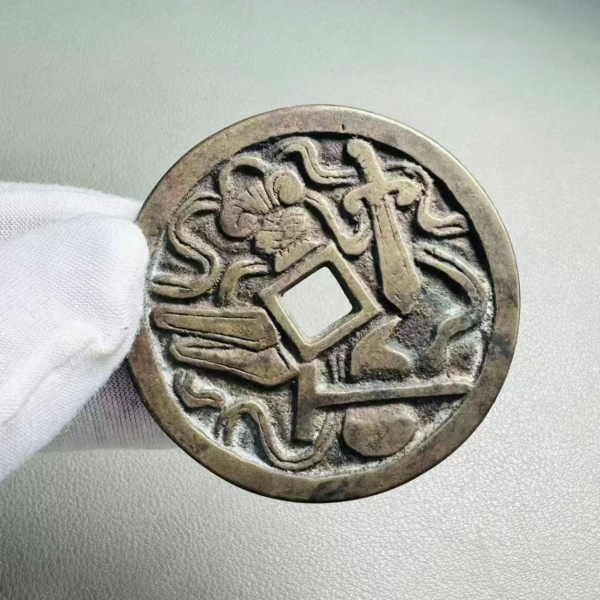
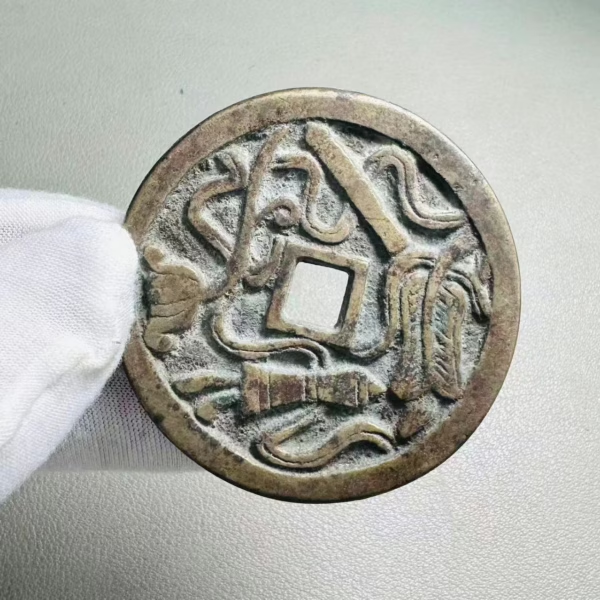
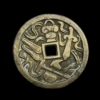
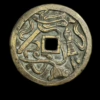
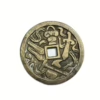
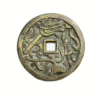
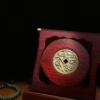
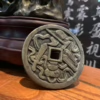
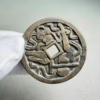


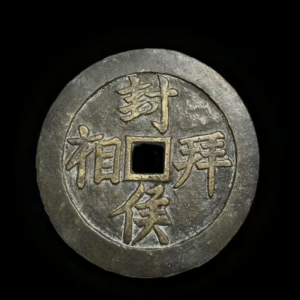
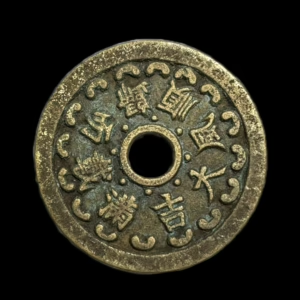
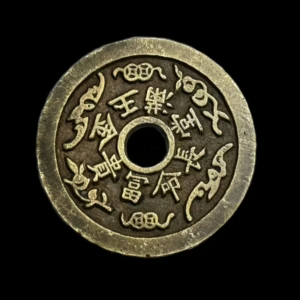
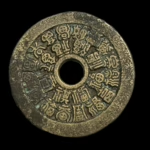
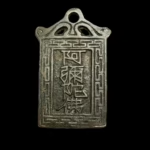
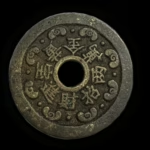
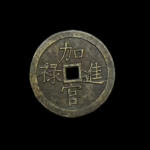
Reviews
There are no reviews yet.